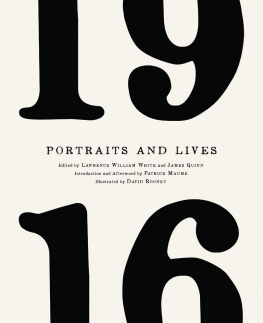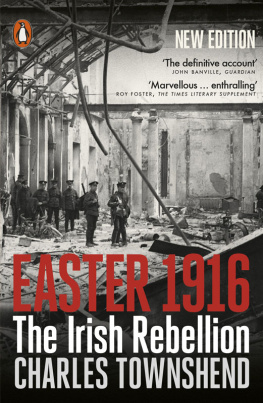S ome years ago Patrick Hogarty, a member of the Royal Dublin Fusiliers Association, was contacted by a priest who was interested in finding some information about a relative who had died during the Easter Rising, the armed rebellion by Irish republicans against British rule in Ireland that took place from 24 to 30 April 1916. The priests two elderly aunts had told him about an uncle of theirs, Patrick Leen, a member of a British army lancers regiment, who had apparently been executed by the British for taking a pro-republican stance and refusing to fight against the rebels. In the eyes of the priests aunts their uncle was a true Irish hero.
Patrick Hogartys interest was piqued and he began to do some digging. What he discovered, as happens so often with family traditions about relatives who served in the British army during the Rising, was that the story was far from true. On 24 April 1916 a troop of cavalrymen from the 6th Reserve Cavalry Regiment, which included men drawn from the 5th Royal Irish Lancers, were despatched from Marlborough Barracks (now McKee Barracks) and ordered to proceed down Sackville Street (now OConnell Street). Disturbances had been reported in the area, and at 12:10 p.m. the Dublin Metropolitan Police contacted the army and asked for troops to be sent immediately. The cavalrymen were quickly despatched to investigate; however, they had no idea that armed rebels had occupied several positions around Dublin, including the General Post Office in Sackville Street, which they were using as their headquarters, and so the lancers were riding straight into danger.
The scene was recorded in the Sinn Fein Rebellion Handbook, published by the Weekly Irish Times a year later. (It was incorrectly believed for a time that the nationalist political party Sinn Fin had been involved in the Rising, and the erroneous terms Sinn Fin Rebellion and Sinn Finers came to be widely used.) The lancers, it reported,
came into Sackville Street from the north end. As soon as they got in front of the Post Office they were met with a volley from the occupants of that building. The shots came for the most part from men who had got on the roof, from which position they had a great advantage over the lancers. Four of the latter were shot, and the horse of one of them fell dead on the street. The dead bodies of these men were taken to Jervis street hospital. The Lancers withdrew to the Parnell Monument, where they remained for a short while before returning to barracks.
The lancers, commanded by a Colonel Hammond, were jeered by a crowd for not trying again to assault the rebel position, and were also pursued by two Irish Independent reporters, Maurice Linnane and Michael Knightly, looking for an interview. A company of Irish Volunteers from Rathfarnham were still making their way into the GPO when the fighting began.
The event has sometimes been referred to as the Charge of the Lancers, but, as this account shows, it was nothing of the sort. The insurgents in the GPO simply waited for the lancers to trot past, and opened fire. They had been ordered by Commandant-General James Connolly to hold their fire until the lancers were closer, but some of them opened fire early, and so their comrades fired too. A second volley caused no casualties.
In his autobiographical account On Another Mans Wound (1936), Ernie OMalley, then a medical student (who later joined the IRA and fought in the War of Independence and the Civil War), described the scene:
I walked up the street. Behind Nelsons Pillar lay dead horses, some with their feet in the air, others lying flat. The Lancers horses, an old man said, although I had not spoken. Those fellows, pointing with his right hand towards the GPO, are not going to be frightened by a troop of Lancers. They mean business. Seated on a dead horse was a woman
The English actor Sir Henry Lytton, who was in Dublin with the DOyly Carte Opera Company and was due to appear at the Gaiety Theatre on the day the Rising began, wrote about the event in his book A Wandering Minstrel (1933):
The whole of the little cavalcade, except one horse, was shot to the ground, and I remember seeing the animal standing helplessly by the soldier who had fallen from its back, pushing its nose against the lifeless body, wondering why its master did not get up and remount. While it stood there it too was shot and fell to the ground dead. The terrible little heap remained there for many days, it being impossible for anyone to go out and get the soldiers to bury them, or to remove the carcasses of the dead horses.
Only three of the four lancers who were shot were killed outright. They were twenty-year-old Private Frederick Hughes from Kingston-upon-Thames, a member of the 12th (Prince of Waless) Royal Regiment of Lancers, twenty-year-old Corporal James Headland from London, a member of the 5th Royal Irish Lancers, and forty-year-old Sergeant Thomas Henry Harry Shepherd from Plymouth, also of the 5th Royal Irish Lancers (his wife, Mary OHalloran, was from Ballincollig, Co. Cork, and his eldest son had been born there). The fourth lancer who was shot lingered on before dying on 1 May. This was 22-year-old Private Patrick Leen from Abbeyfeale, Co. Limerick, whose body lies in the cemetery of the Royal Hospital, Kilmainham, Dublin. Ironically, while Leen was part of his regiments depot squadron, stationed at home, the bulk of his regiment, then serving on the Western Front, were relaxing far behind the front lines throughout the period. If Leen had been with them at war he would have been perfectly safe.
When Patrick Hogarty contacted the priest and told him the truth about his relatives death, the priest replied that his two aunts would not be happy with the story: it would shatter their long-held belief that their uncle was a republican hero who refused to fight against the rebels. Hogarty argued that Patrick Leen was indeed a hero: he died doing his duty as a soldier. It is not known whether the priest ever passed on the truth to his aunts.
When I looked into the history of Patrick Leen myself I discovered some more interesting facts about him. His father died when he was still a boy, and he was raised by his mother, Margaret, who ran a shop and a pub in Abbeyfeale. He was still living at home at the time of the 1901 census but by 1911 he was a boarder at Rockwell College, the private Catholic secondary school in Co. Tipperary.



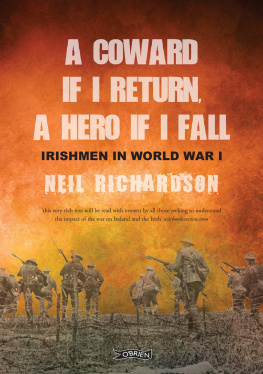

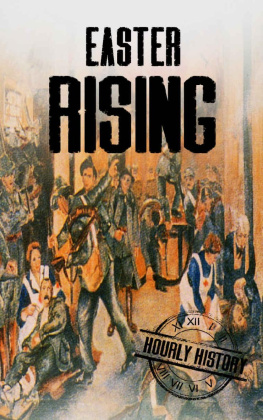
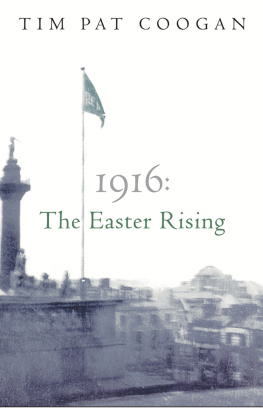
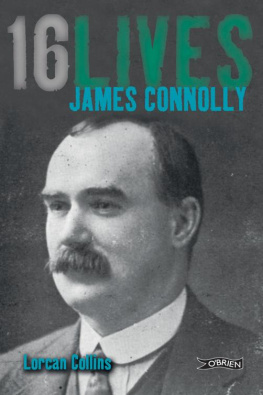
![Lorcan Collins [Lorcan Collins] - 1916: The Rising Handbook](/uploads/posts/book/143326/thumbs/lorcan-collins-lorcan-collins-1916-the-rising.jpg)

